Home>Garden Essentials>When Does Grass Seed Itself


Garden Essentials
When Does Grass Seed Itself
Modified: October 20, 2024
Discover when grass seed naturally spreads in your garden with helpful tips and information. Enhance your gardening knowledge and create a beautiful and lush lawn.
(Many of the links in this article redirect to a specific reviewed product. Your purchase of these products through affiliate links helps to generate commission for Storables.com, at no extra cost. Learn more)
Introduction
Gardening enthusiasts often dream of a lush green lawn, meticulously maintained and adorned with varieties of grass. While there are various methods to establish a new lawn, one intriguing phenomenon is the ability of grass to reproduce on its own through seed scatter and germination. This natural process, known as self-seeding, allows grasses to perpetuate themselves year after year, ensuring the continued growth and beauty of the lawn.
In this article, we will explore the fascinating world of grass seed self-seeding. We will delve into the factors that affect the natural reproduction of grass seed, the optimal conditions required for successful self-seeding, and the environmental factors that influence germination. Furthermore, we will uncover strategies to promote grass seed self-seeding and discuss the challenges and limitations associated with this method of lawn establishment.
By better understanding the mechanisms and requirements for grass seed self-seeding, gardeners can harness the power of nature to create and maintain thriving lawns. So, let’s dive in and explore when and how grass seeds have the ability to sow themselves for a bountiful and self-sustaining lawn.
Key Takeaways:
- Grass seed self-seeding is a natural process influenced by factors like grass variety, maturity, and environmental conditions. Understanding and optimizing these factors can help create a thriving and vibrant lawn.
- While grass seed self-seeding offers a sustainable way to establish a lush lawn, challenges like seed viability, competition from established grass, and environmental factors need to be managed for successful self-seeding. Embracing nature and implementing proper strategies can lead to a bountiful and resilient lawn.
Factors Affecting Natural Grass Seed Reproduction
Grass seed reproduction is influenced by a combination of both intrinsic and extrinsic factors. Understanding these factors is essential for successful self-seeding of grass in your lawn. Let’s take a closer look at the key factors that affect natural grass seed reproduction:
- Variety of Grass: Different grass species have varying reproductive characteristics. Some varieties are prolific seed producers, while others may have lower seed production rates. It is important to choose grass species suited to your region, climate, and soil conditions, as this will impact their ability to reproduce through self-seeding.
- Maturity of the Grass: The stage of development of the grass plant plays a crucial role in seed production. Generally, grass plants need to reach maturity before they can produce viable seeds. Premature harvesting or mowing too early can hinder the seed production process, limiting the chances of self-seeding.
- Pollen Availability: Successful seed production requires the presence of compatible pollinators. In the case of grass, pollination occurs through the transfer of pollen from the male flowers (stamens) to the female flowers (pistils). If there is a lack of pollinators, such as bees or wind, the chances of successful seed production may decrease.
- Genetic Diversity: Genetic diversity within a grass population is important for healthy reproduction. It is beneficial to have a diverse gene pool as it enhances the adaptability of the grass to different environmental conditions. Lack of genetic diversity can lead to reduced seed production and may make the grass population more susceptible to diseases and pests.
- Vigor of the Grass: The overall health and vigor of the grass plants significantly influence seed production. Grass that is well-nourished, properly watered, and free from diseases and pests is more likely to produce abundant and viable seeds. Regular maintenance practices, such as fertilization, aeration, and weed control, can promote the vigor of the grass and improve seed reproduction.
By considering these factors, gardeners can select appropriate grass varieties, provide optimal care, and create conditions that favor the natural reproduction of grass seeds. This will increase the chances of successful self-seeding and contribute to the long-term health and beauty of the lawn.
Optimal Conditions for Grass Seed Self-Seeding
To maximize the chances of successful self-seeding in your lawn, it is important to create and maintain optimal conditions that support the germination and establishment of grass seeds. Here are the key factors to consider:
- Soil Preparation: Prepare the soil by removing any debris, weeds, or rocks that could impede seed germination. Loosen the soil and provide good drainage to ensure proper oxygen and water availability for the seeds.
- Timing: The timing of self-seeding is crucial. Ideally, you should aim to sow grass seeds during the ideal growing season for your specific grass species. Generally, it is recommended to sow seeds in the spring or fall when the soil temperature is between 50-65°F (10-18°C) and consistent moisture is expected.
- Moisture: Adequate moisture is essential for seed germination. Water the soil lightly before sowing the seeds to provide a moist environment. Throughout the germination process, ensure that the seeds are regularly watered to keep the soil consistently moist. Avoid overwatering, which can lead to fungal diseases.
- Temperature: Different grass species have different temperature preferences for optimal germination. Research the recommended temperature range for your specific grass type and ensure that the soil and air temperatures are within this range during the germination period.
- Light: Grass seeds generally require exposure to sunlight for successful germination. Avoid sowing seeds too deep in the soil, as this can limit access to sunlight. Lightly rake or roll the seeds onto the soil surface to ensure they are in contact with both soil and sunlight.
- Protection: Protect newly sown seeds from strong winds, heavy rains, and excessive foot traffic. Consider using a light cover such as straw or a biodegradable erosion control blanket to protect the seeds and retain moisture during the germination process.
By providing these optimal conditions, you increase the likelihood of grass seed germination and establishment, resulting in a healthy and vibrant lawn. Remember to be patient, as germination rates can vary depending on the grass species and environmental factors. Keep the soil moist, regularly monitor growth progress, and provide the necessary care and maintenance to promote successful self-seeding.
Environmental Factors that Influence Grass Seed Germination
The successful germination of grass seeds is heavily influenced by various environmental factors. Understanding these factors can help gardeners optimize their lawn establishment efforts. Here are the key environmental factors that influence grass seed germination:
- Temperature: Grass seeds have specific temperature requirements for germination. Each grass species has an optimal temperature range for successful seed germination. For cool-season grasses, such as Kentucky bluegrass or perennial ryegrass, the ideal soil temperature for germination is around 50-65°F (10-18°C). Warm-season grasses, such as Bermuda grass or Zoysia grass, typically require higher soil temperatures, ranging from 65-80°F (18-27°C).
- Moisture: Adequate moisture is critical for grass seed germination. Without sufficient moisture, seeds will not be able to absorb the water required to initiate the germination process. The soil should ideally be consistently moist, but not waterlogged, throughout the germination period. Watering should be done lightly and frequently to avoid washing away the seeds or creating overly saturated conditions.
- Light: Light plays a role in germination, but the specific requirements vary among grass species. Some grass seeds, such as ryegrass and fescue, require exposure to light for successful germination, while others, like Kentucky bluegrass or Bermuda grass, can germinate in both light and dark conditions. Be sure to research the light requirements of the grass species you are working with to ensure optimal conditions.
- Soil pH and Nutrients: The pH level and nutrient content of the soil can significantly impact seed germination. Most grass species prefer a slightly acidic soil pH of around 6.0-7.0. Conduct a soil test and make any necessary adjustments to create an optimal pH level for your specific grass. Additionally, a well-balanced soil with appropriate levels of essential nutrients, such as nitrogen, phosphorus, and potassium, is crucial for healthy seed germination and growth.
- Competition from Weeds: Weeds can compete with grass seeds for nutrients, water, and sunlight, thereby hindering their germination and establishment. Prior to sowing grass seeds, remove any existing weeds or use a pre-emergent herbicide to prevent weed growth. This will create a favorable environment for grass seed germination and give the newly planted seeds a better chance of success.
By understanding and optimizing these environmental factors, you can greatly enhance the germination success rate of grass seeds. Take the time to assess and modify the conditions to create the ideal environment for seed germination, ensuring the establishment of a healthy and thriving lawn.
Grass seeds itself in the late summer or early fall when the soil is still warm but the air is cooler. This allows the seeds to germinate and establish before winter. Keep the area moist for successful germination.
Strategies for Promoting Grass Seed Self-Seeding
Encouraging grass seed self-seeding in your lawn can help maintain a healthy and lush appearance over time. Here are some effective strategies to promote grass seed self-seeding:
- Allow Grass to Go to Seed: When possible, allow a portion of your grass to reach maturity and produce seed. Avoid mowing the entire lawn until the seed heads have formed. This allows the grass to self-seed naturally and replenish itself.
- Maintain Proper Mowing Height: When mowing your lawn, set the mower to the appropriate height for the grass species. Cutting the grass too short can prevent seed heads from developing and reduce the chances of self-seeding. A higher mowing height also helps shade the soil, conserving moisture and reducing weed growth.
- Overseeding: Periodically overseeding your lawn with grass seeds can help fill in bare patches and promote self-seeding. Choose a quality grass seed blend that matches your existing grass type for best results. Overseeding also helps introduce new genetics into the lawn, enhancing its resilience and appearance.
- Aerate the Soil: Compacted soil can inhibit seed germination and restrict the growth of grass roots. Regularly aerating the soil helps improve water penetration, promote root development, and create an environment conducive to self-seeding. Consider aerating your lawn once or twice a year, especially if you notice signs of soil compaction.
- Top-Dressing: Top-dressing involves applying a thin layer of compost or topsoil over the existing lawn. This practice helps improve soil structure, adds organic matter, and increases the chances of seed-to-soil contact for self-seeding. Choose a high-quality top-dressing material and spread it evenly over the lawn using a rake or spreader.
- Provide Adequate Water and Fertilizer: Proper watering and fertilization ensure the health and vigor of the grass, which is essential for successful self-seeding. Water deeply and infrequently to encourage deep root growth. Apply a balanced fertilizer according to the specific needs of your grass species. Avoid excessive fertilizer application, as it can lead to excessive growth and weak grass.
- Manage Weeds: Weeds compete with grass for nutrients, light, and water, hampering self-seeding efforts. Regularly monitor your lawn for weed growth and promptly remove any invasive plants. Consider using natural weed control methods or targeted herbicides to keep weed populations in check.
By implementing these strategies, you can create an environment that promotes grass seed self-seeding and leads to a more vibrant and resilient lawn. Remember to tailor your approach to the specific needs of your grass species and local climate, and consistently monitor and maintain your lawn to ensure optimal growth and self-seeding success.
Read more: When Does Switchgrass Germinate
Challenges and Limitations of Grass Seed Reproduction
While grass seed reproduction through self-seeding is a natural and desirable process, it is not without its challenges and limitations. Understanding these factors can help gardeners manage their expectations and address potential obstacles. Here are some of the challenges and limitations of grass seed reproduction:
- Seed Viability: The viability of grass seeds refers to their ability to germinate and establish new plants. Over time, the viability of seeds can decrease, leading to lower germination rates. It is important to use fresher seeds and store them properly to maximize their viability and increase the chances of successful self-seeding.
- Competition from Established Grass: In established lawns, existing grass can compete with self-seeded grass seeds for nutrient resources, water, and sunlight. This competition can limit the germination and establishment of new grass plants. To overcome this challenge, create conditions that promote seed-to-soil contact and provide adequate space for the new seedlings to grow.
- Invasive Grass Weeds: Some grass species may produce invasive weeds through self-seeding, which can negatively impact the health and appearance of the lawn. It is important to monitor the lawn for any unwanted grass species or aggressive weed growth and take appropriate measures to control their spread, such as regular mowing and targeted herbicide application.
- Environmental Factors: Environmental factors such as extreme temperatures, drought, heavy rainfall, or poor soil conditions can hinder seed germination and reduce the success rate of self-seeding. Adapting to these conditions and providing necessary modifications, such as irrigation or soil amendments, can help overcome these limitations.
- Species Compatibility: Different grass species have specific requirements for successful seed germination and growth. It is important to ensure that the grass species you are working with are compatible in terms of their growth habits, soil preferences, and environmental conditions. Mixing incompatible grass species can lead to uneven growth and poor self-seeding results.
- Pesky Birds: Birds love to feast on grass seeds, which can significantly reduce the number of seeds available for self-seeding. To mitigate this challenge, consider using scare tactics, such as visual deterrents or protective netting, to discourage birds from foraging on your lawn.
Despite these challenges and limitations, grass seed reproduction through self-seeding remains an effective and sustainable way to establish and maintain a healthy lawn. By understanding and addressing these barriers, as well as implementing appropriate strategies and maintenance practices, gardeners can optimize the self-seeding process and enjoy the benefits of a lush and thriving lawn.
Conclusion
The process of grass seed self-seeding is a fascinating natural phenomenon that allows grasses to reproduce and perpetuate themselves over time. By understanding the factors that affect grass seed reproduction, optimizing the conditions for self-seeding, and implementing strategies to promote it, gardeners can harness the power of nature to create and maintain a healthy and vibrant lawn.
Factors such as grass variety, maturity, pollen availability, genetic diversity, and vigor all play a role in the successful reproduction of grass seeds. By considering these factors, gardeners can select suitable grass varieties, provide proper care and maintenance, and create an environment that supports seed germination and establishment.
Optimal conditions for grass seed self-seeding include preparing the soil, timing the sowing, ensuring adequate moisture and temperature, providing proper light conditions, and protecting the newly sown seeds. These conditions facilitate successful germination and increase the chances of self-seeding.
However, there are challenges and limitations to grass seed reproduction. Factors such as seed viability, competition from established grass, invasive grass weeds, environmental conditions, species compatibility, and bird predation can impact the success of self-seeding. Overcoming these challenges requires proper management, including seed selection, regular monitoring, and appropriate maintenance techniques.
In conclusion, grass seed self-seeding offers an effective and sustainable method for establishing and maintaining a beautiful and thriving lawn. By understanding the intricacies of grass seed reproduction and implementing the strategies outlined in this article, gardeners can enhance their chances of successful self-seeding. So, embrace the power of nature, optimize the conditions, and enjoy the rewards of a self-sustaining and vibrant lawn for years to come.
Frequently Asked Questions about When Does Grass Seed Itself
Was this page helpful?
At Storables.com, we guarantee accurate and reliable information. Our content, validated by Expert Board Contributors, is crafted following stringent Editorial Policies. We're committed to providing you with well-researched, expert-backed insights for all your informational needs.
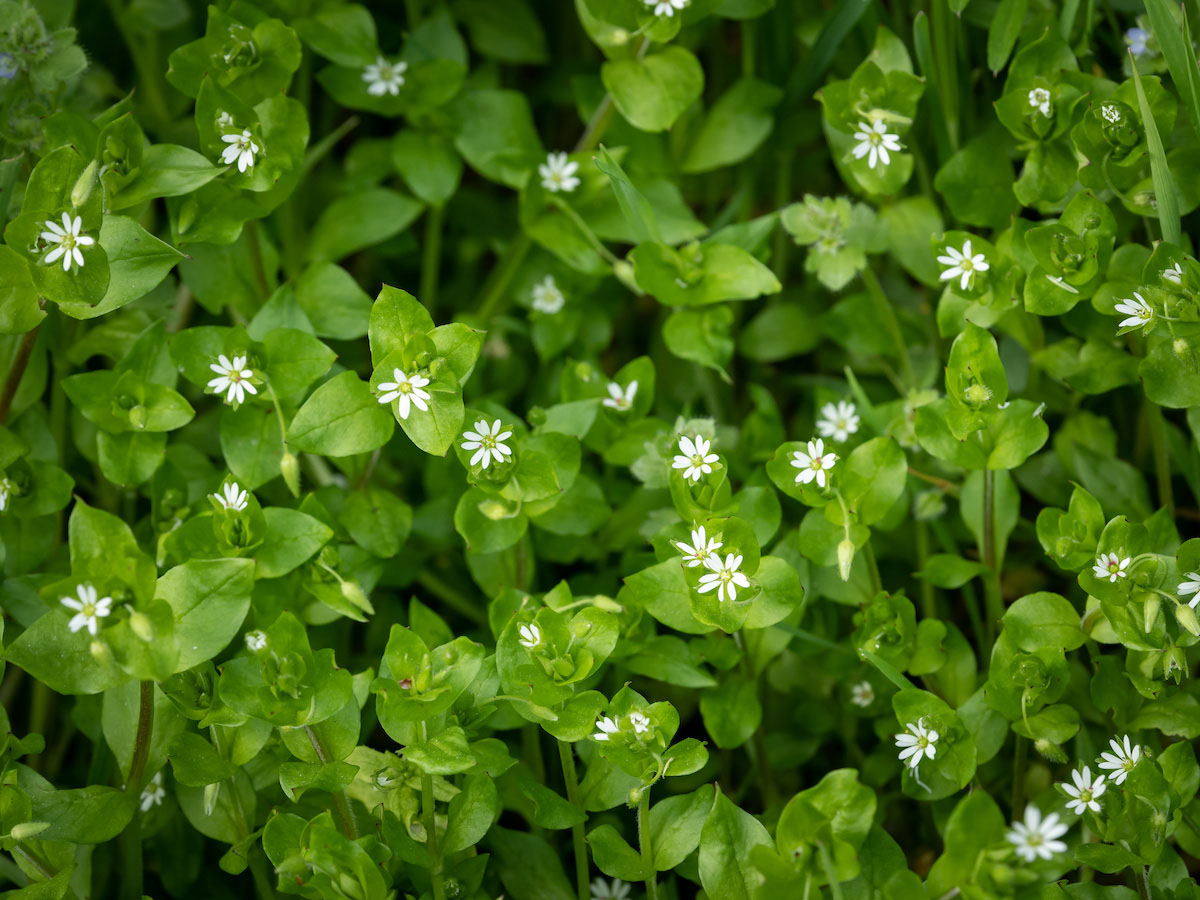
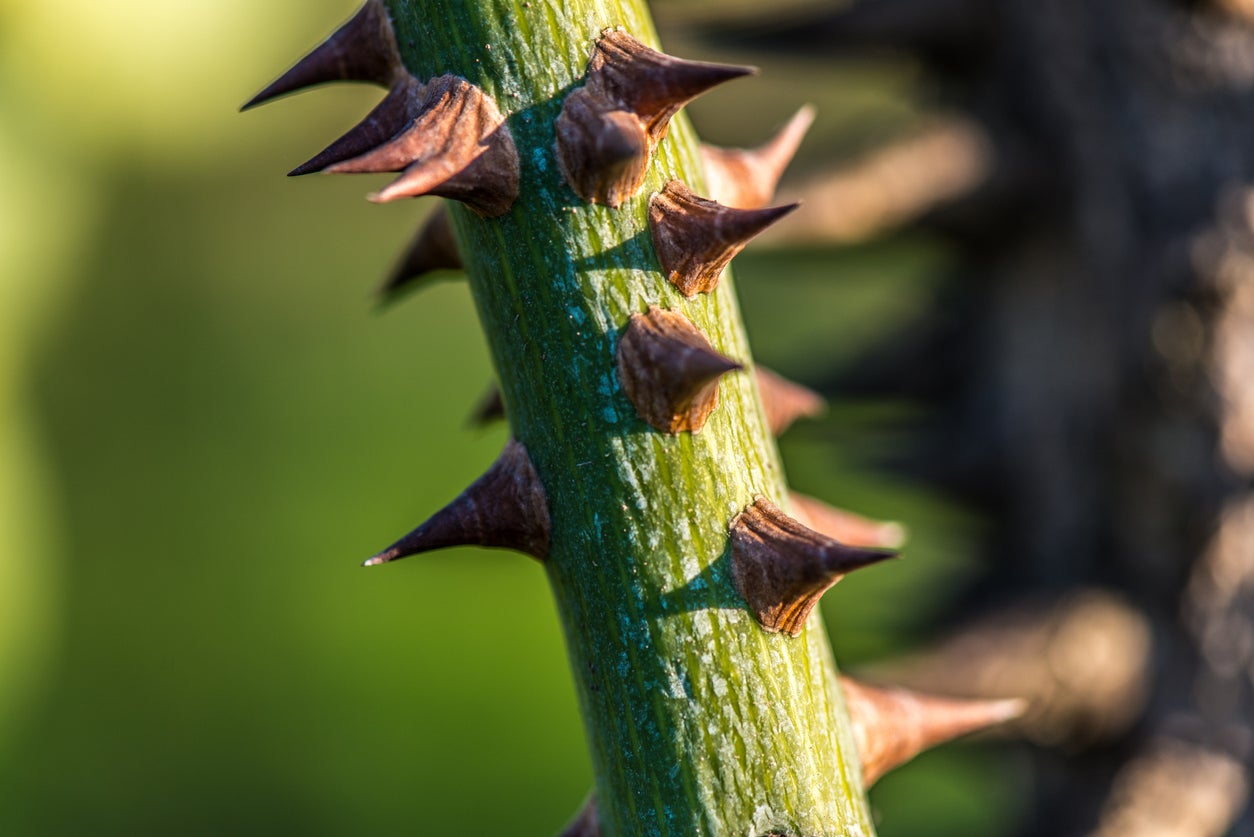
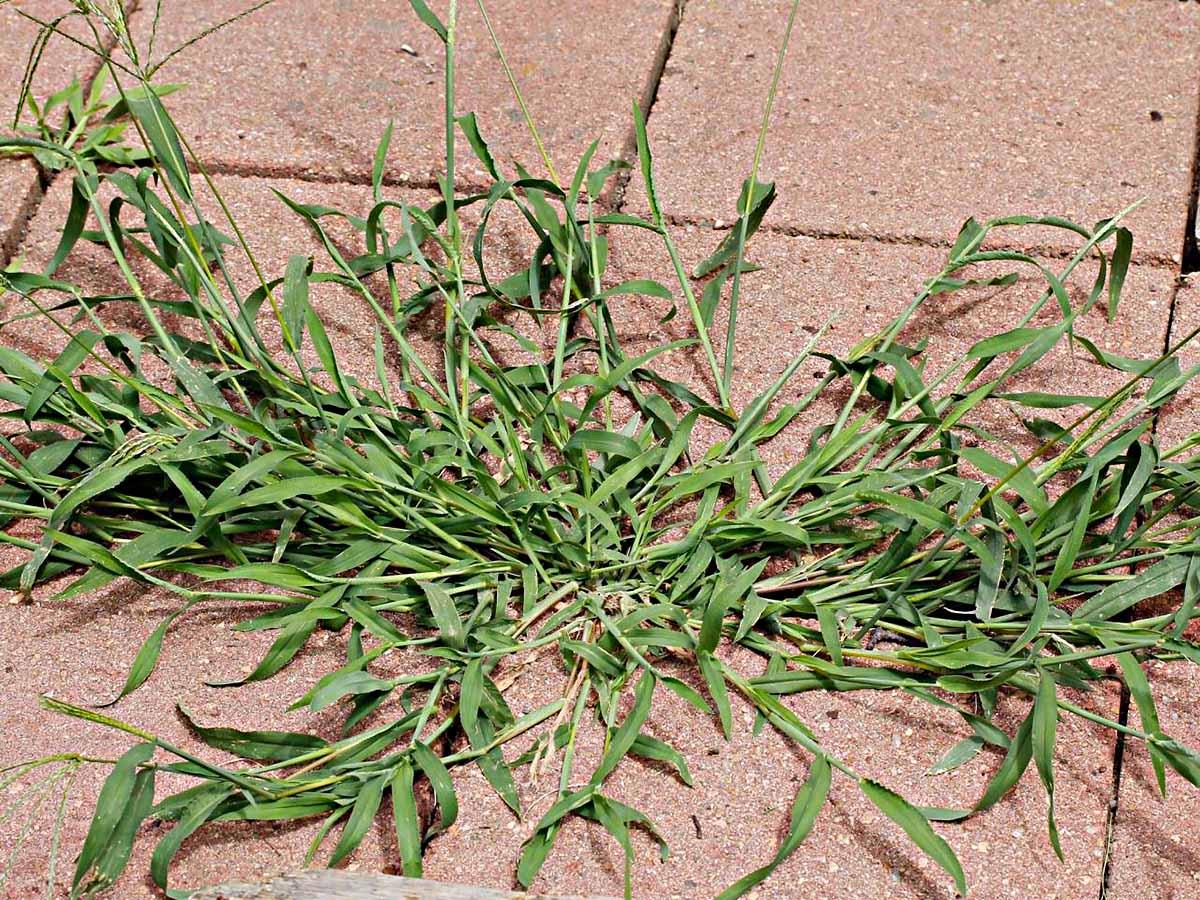
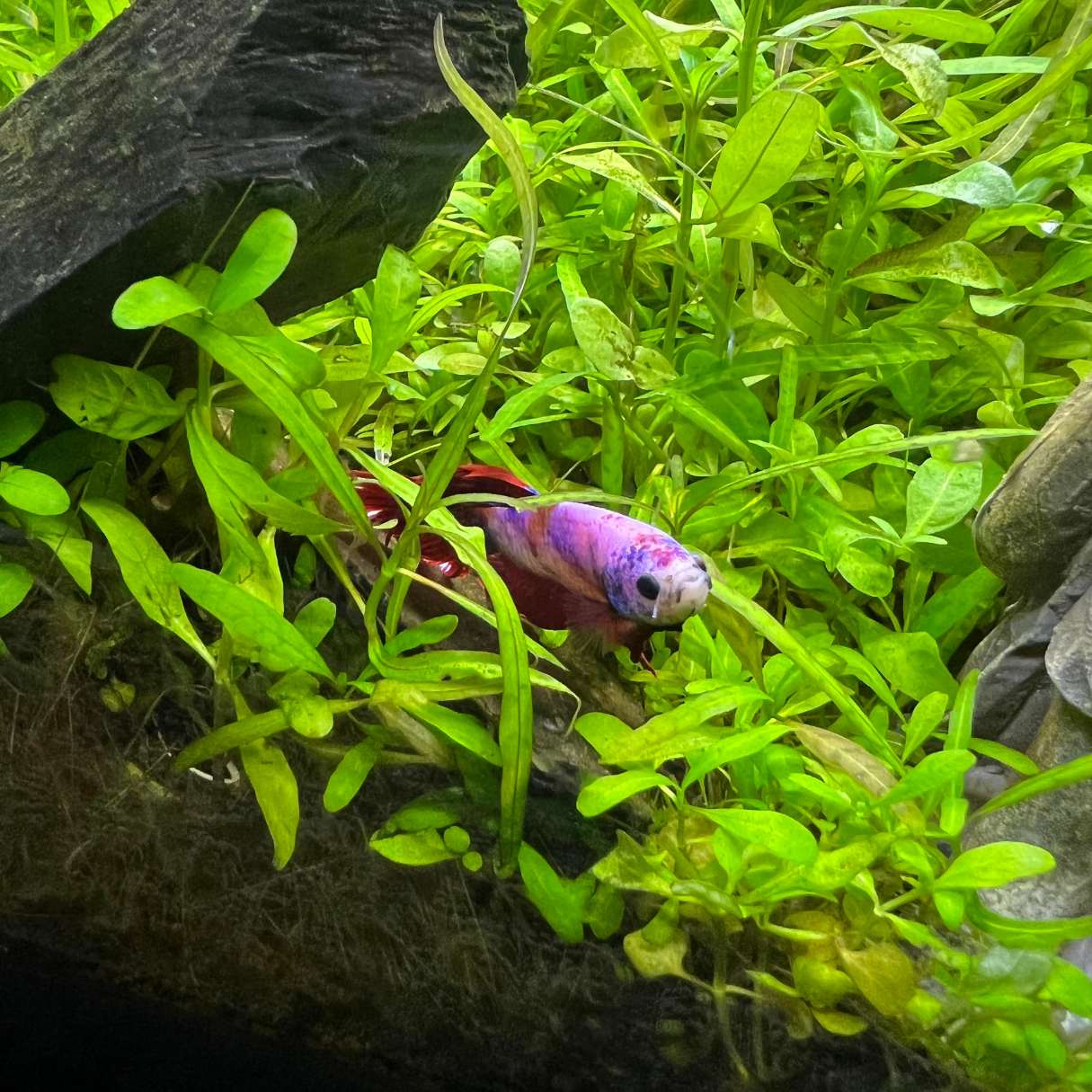
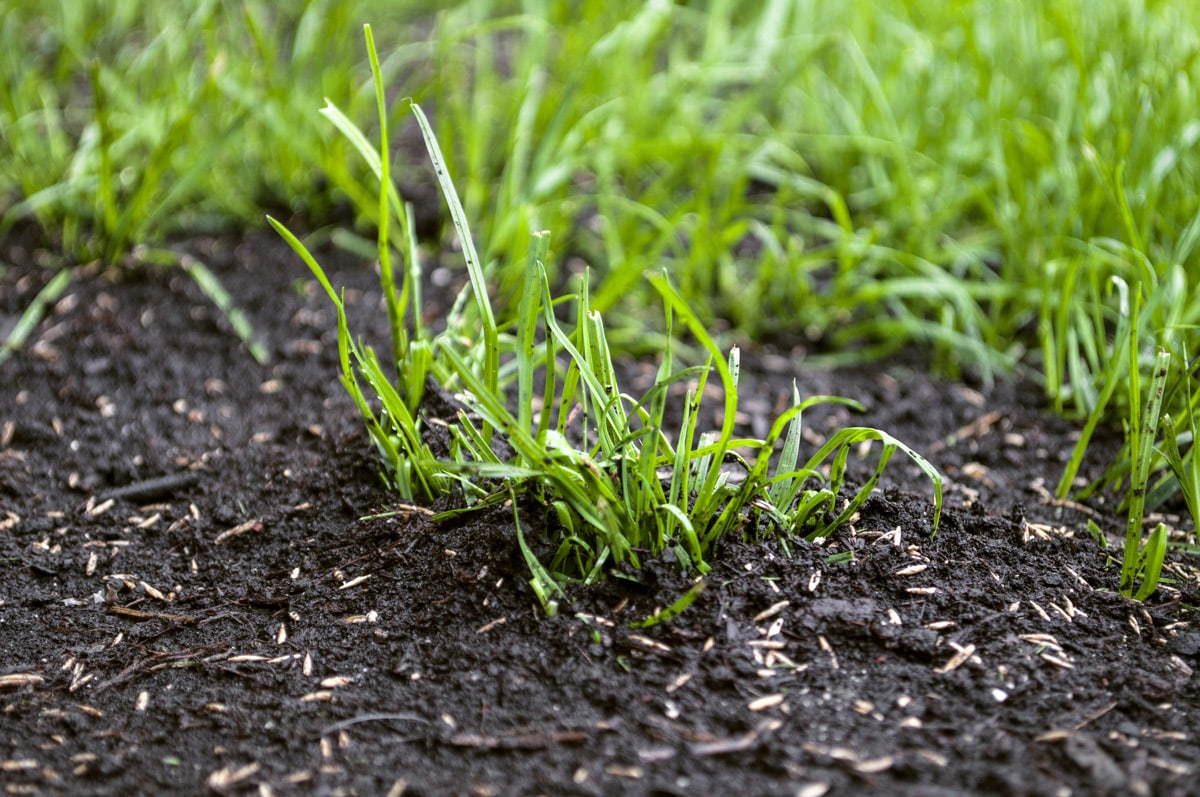
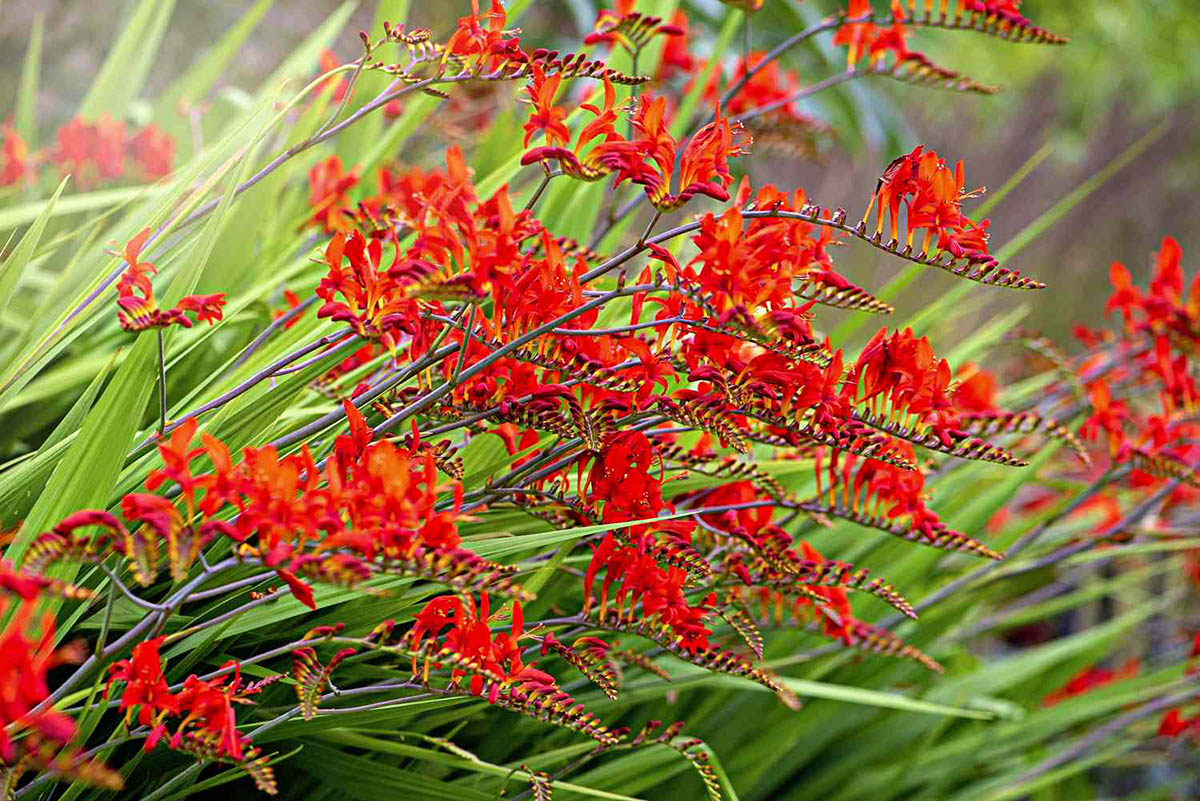
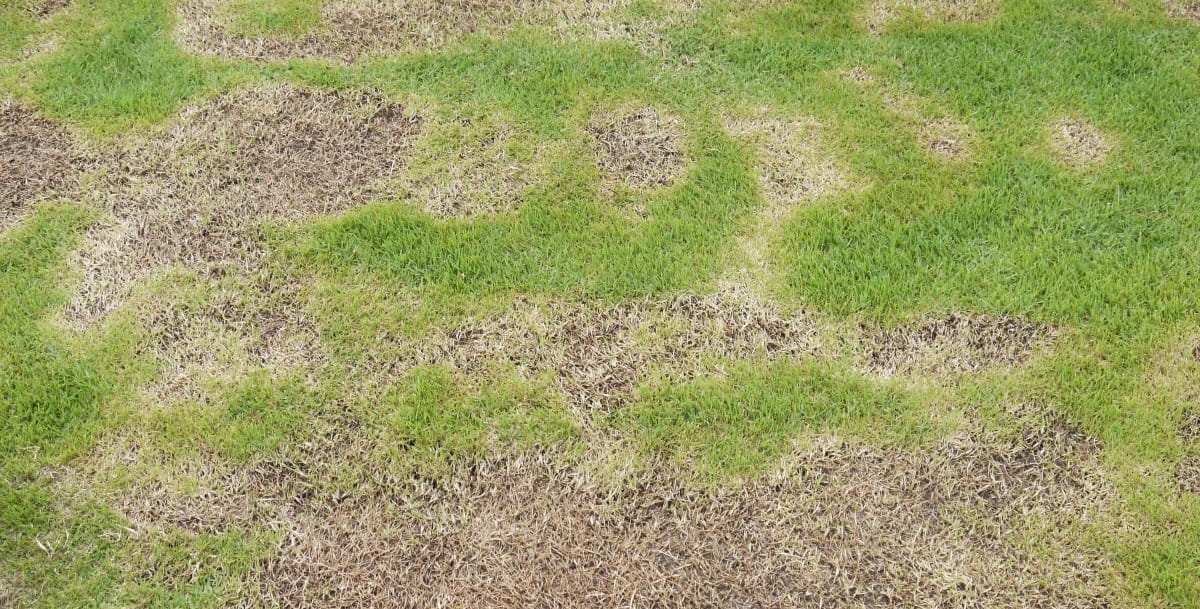
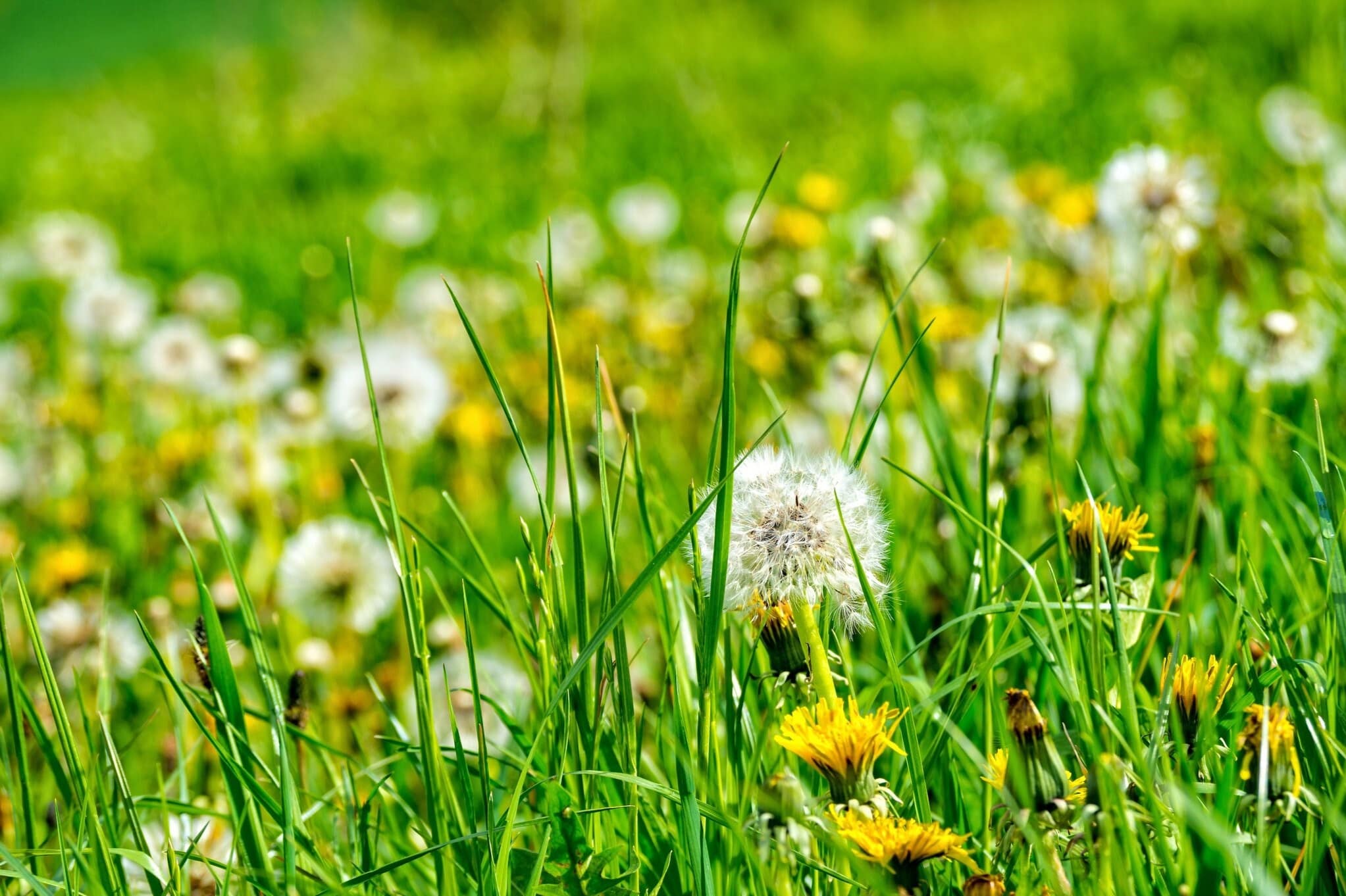
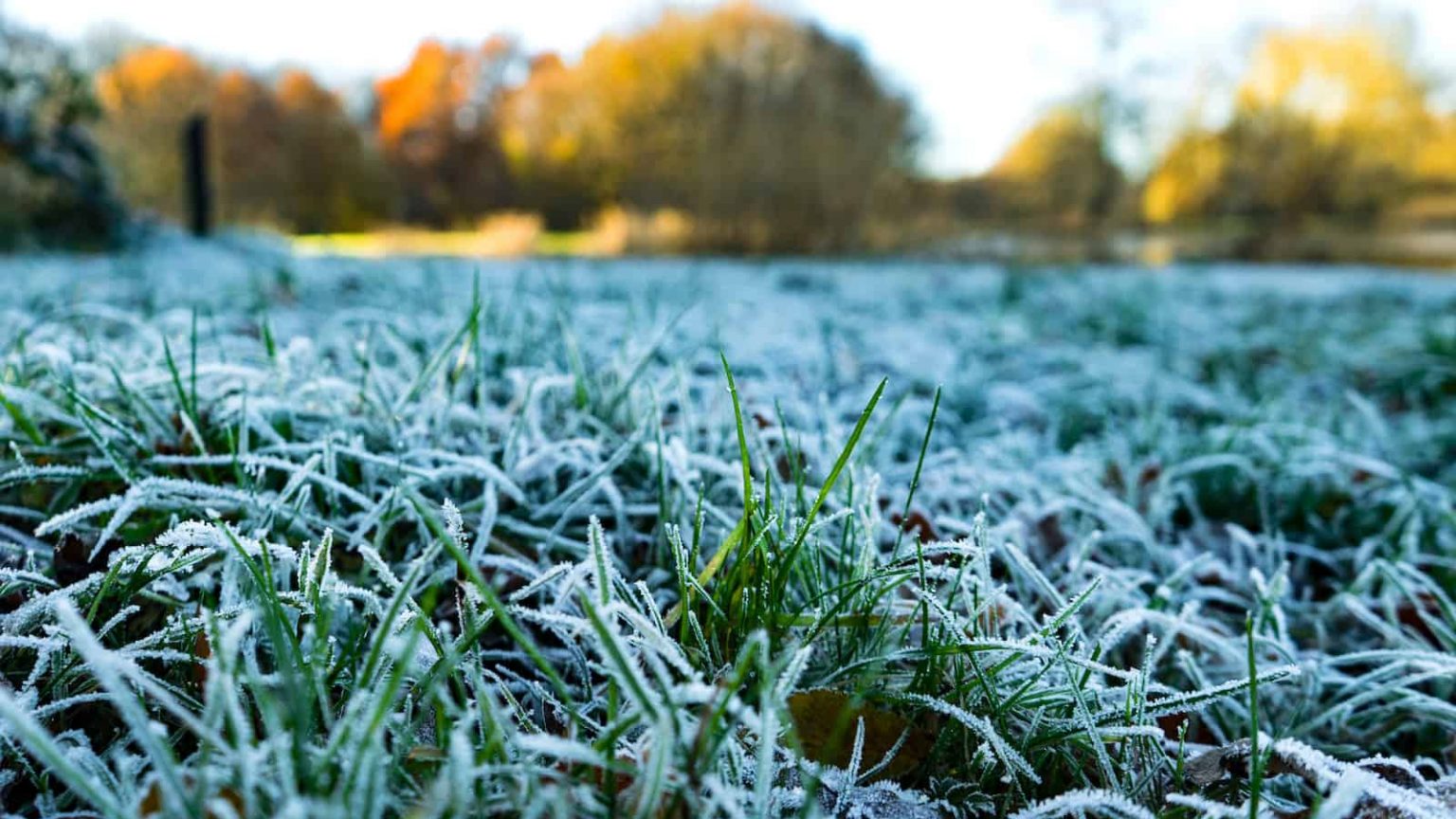
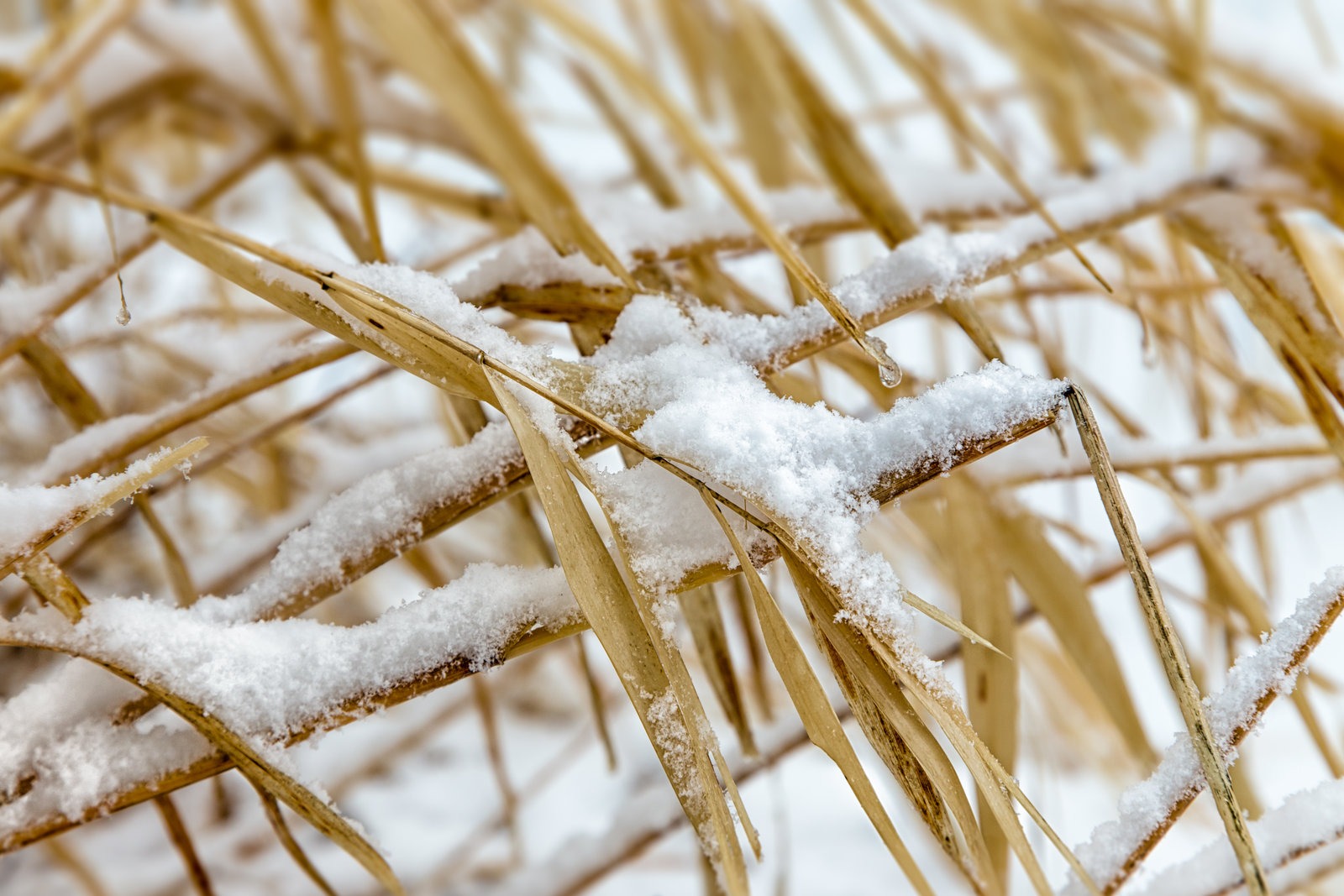

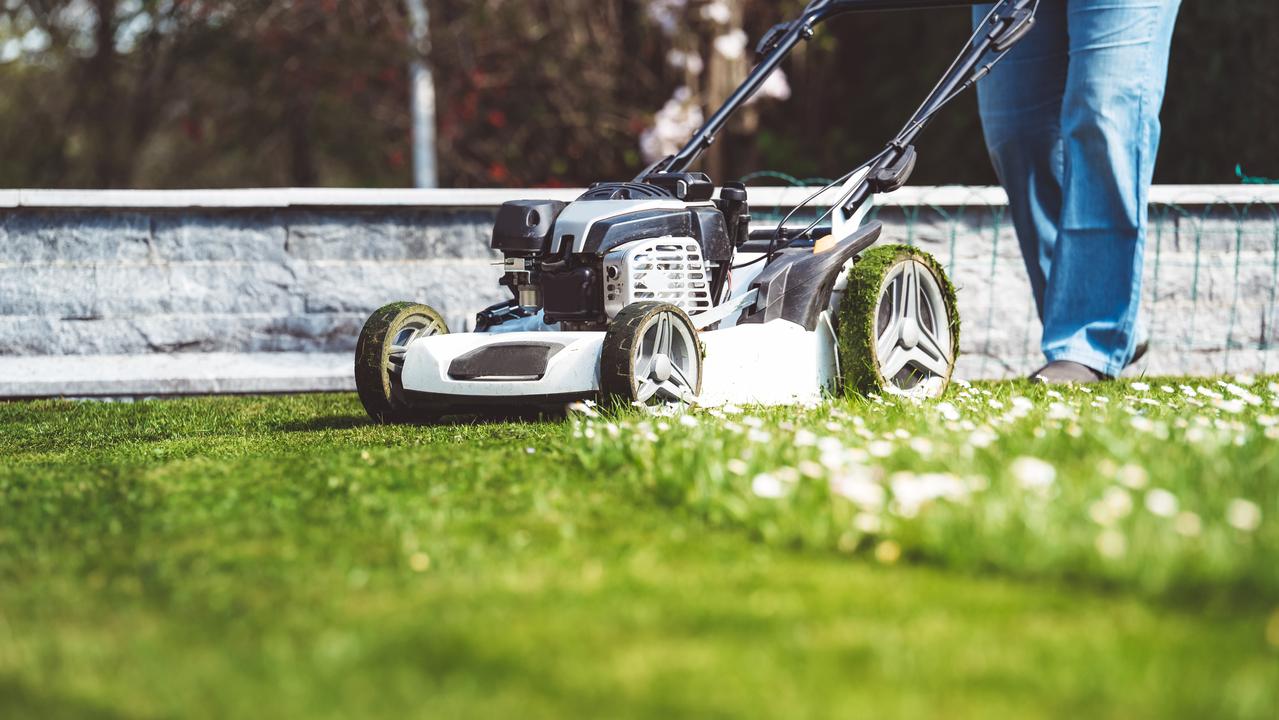
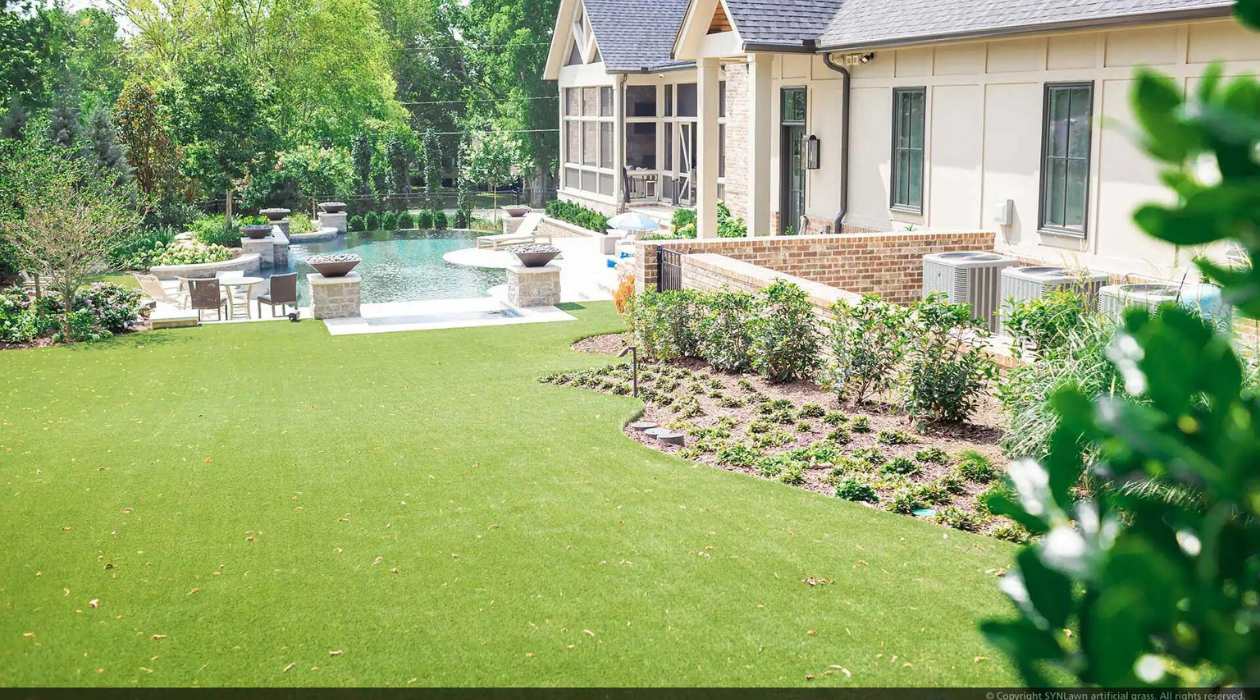
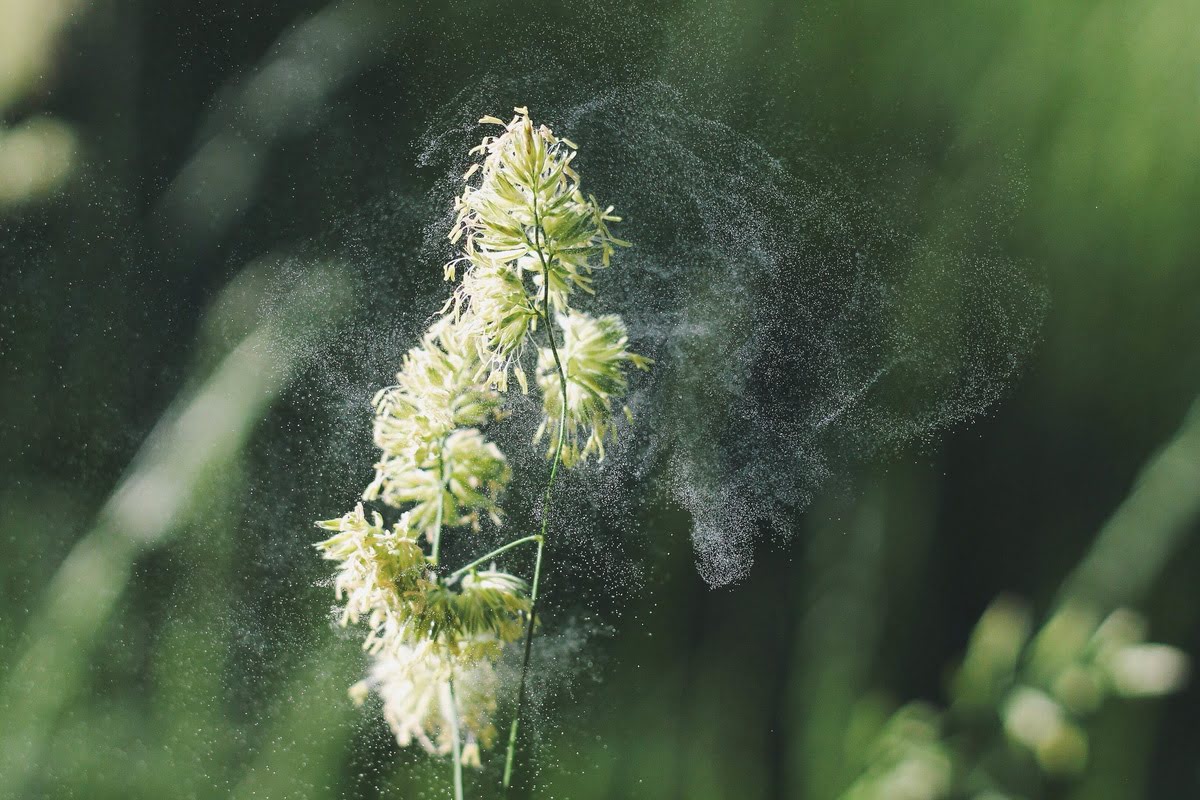

0 thoughts on “When Does Grass Seed Itself”